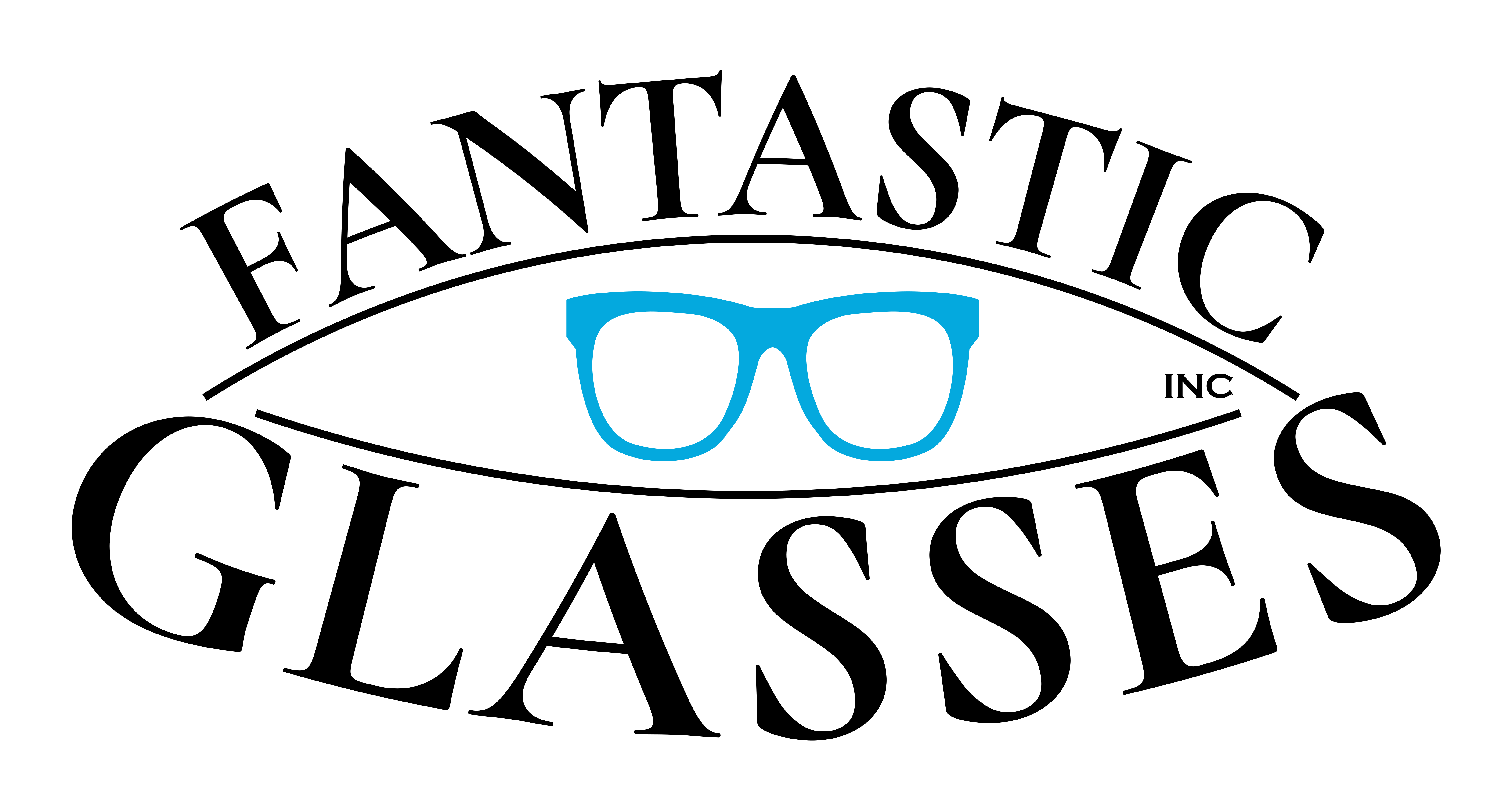The Impact of Blue Light on Eye Health: Addressing Digital Eye Strain and Sleep Disruption
In today’s digital age, it’s hard to imagine life without our beloved smartphones, tablets, and computers. However, this increased screen time has led to a concerning trend – the impact of blue light on eye health. Specifically, we’re talking about digital eye strain and sleep disruption.
What is Blue Light?
Blue light, also known as high-energy visible (HEV) light, is a type of electromagnetic radiation with a wavelength between 400-495 nanometers. This spectrum is naturally present in sunlight, but it’s also emitted by digital devices like smartphones, tablets, and computers.
The Effects of Blue Light on Eye Health
Prolonged exposure to blue light has been linked to several eye health concerns:
1. Digital Eye Strain: Blue light can cause eye fatigue, dryness, and irritation, leading to discomfort, blurred vision, and headaches.
2. Sleep Disruption: Exposure to blue light in the evening can suppress melatonin production, making it harder to fall asleep and reducing sleep quality.
The Science Behind Digital Eye Strain
According to a study published in the journal _Optometry and Vision Science_ (1), participants who spent more time looking at digital screens experienced increased eye strain, dryness, and blurred vision. The researchers concluded that blue light exposure is a significant contributor to digital eye strain.
Sleep Disruption: A Growing Concern
A study conducted by the National Sleep Foundation found that 65% of adults experience symptoms of insomnia at least a few nights per week (2). Exposure to blue light in the evening has been linked to this phenomenon, making it essential to address this issue.
What Can You Do to Reduce Blue Light’s Impact on Your Eye Health?
1. Wear Blue Light Blocking Glasses: Companies like Fantastic Glasses offer blue light blocking glasses specifically designed for digital device use.
2. Adjust Your Device Settings: Enable blue light filtering or night mode on your devices to reduce exposure.
3. Follow the 20-20-20 Rule: Every 20 minutes, look away from your screen and focus on something 20 feet away for 20 seconds.
4. Practice Good Sleep Hygiene: Establish a relaxing bedtime routine, avoid screens for at least an hour before bed, and create a sleep-conducive environment.
Conclusion
The impact of blue light on eye health is undeniable. By understanding the effects of digital eye strain and sleep disruption, we can take proactive steps to protect our eyes. Remember, it’s not just about wearing blue light blocking glasses; it’s also about adopting good screen habits and prioritizing your overall well-being.
References:
1. “Digital Eye Strain: A Review of the Literature” (Optometry and Vision Science, 2018)
2. “Sleep Disruption: A Growing Concern in Today’s Digital Age” (National Sleep Foundation, 2020)
By adopting these simple habits and being mindful of blue light exposure, you can reduce the risk of digital eye strain and sleep disruption. Your eyes – and your sleep – will thank you.
(Note: The reference to Fantastic Glasses is included as a credible source for blue light blocking glasses.)
References:
https://fantasticglasses.ca


